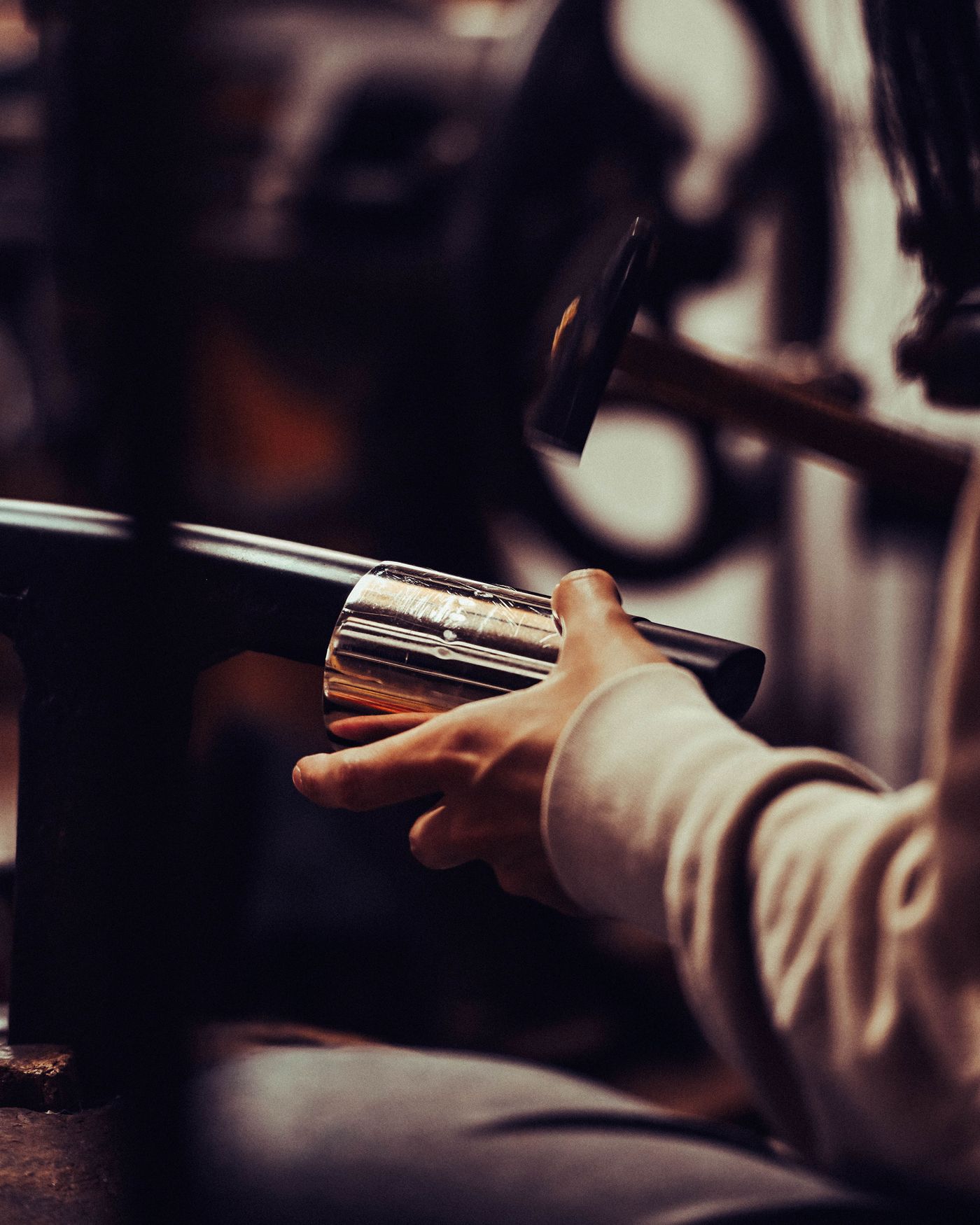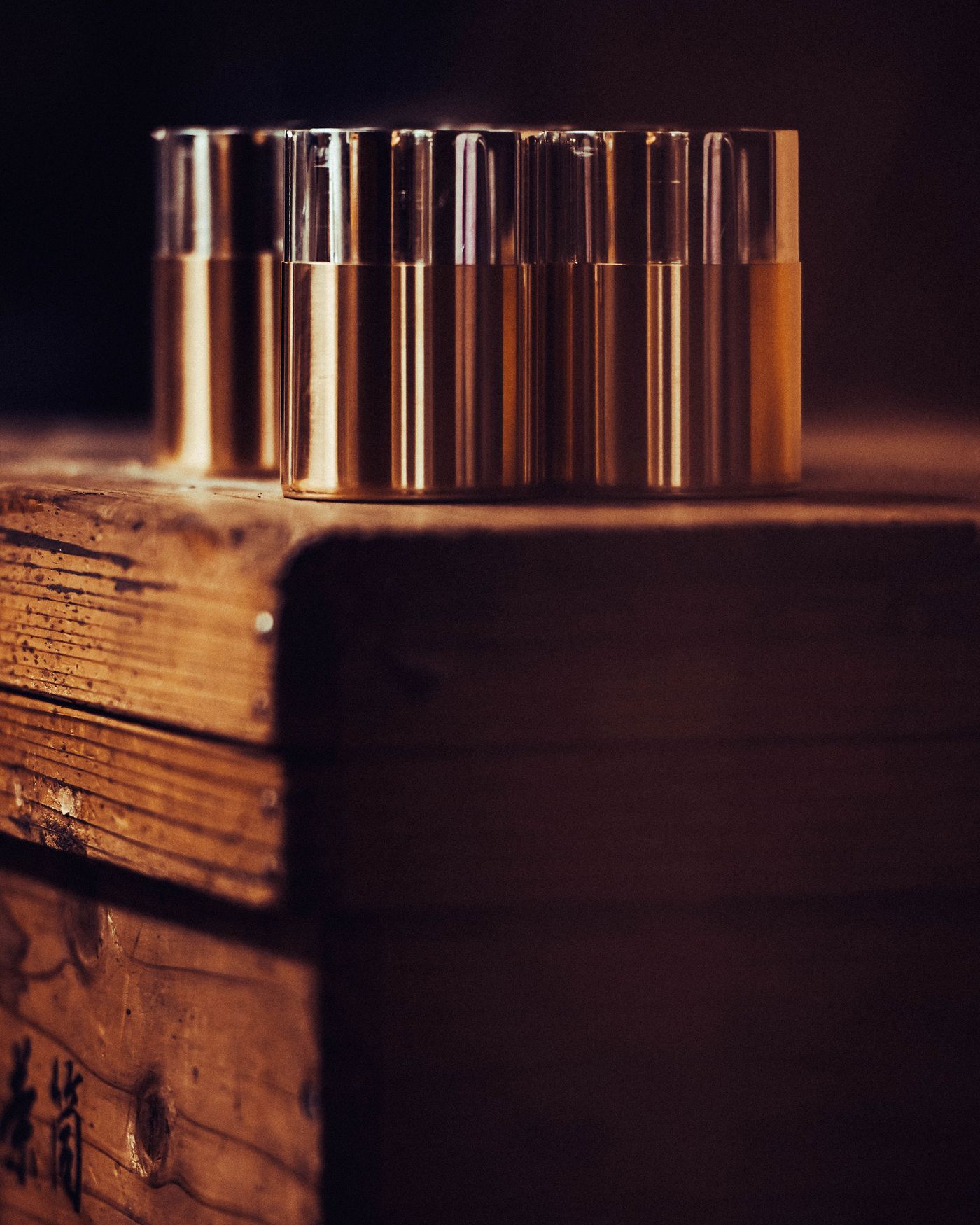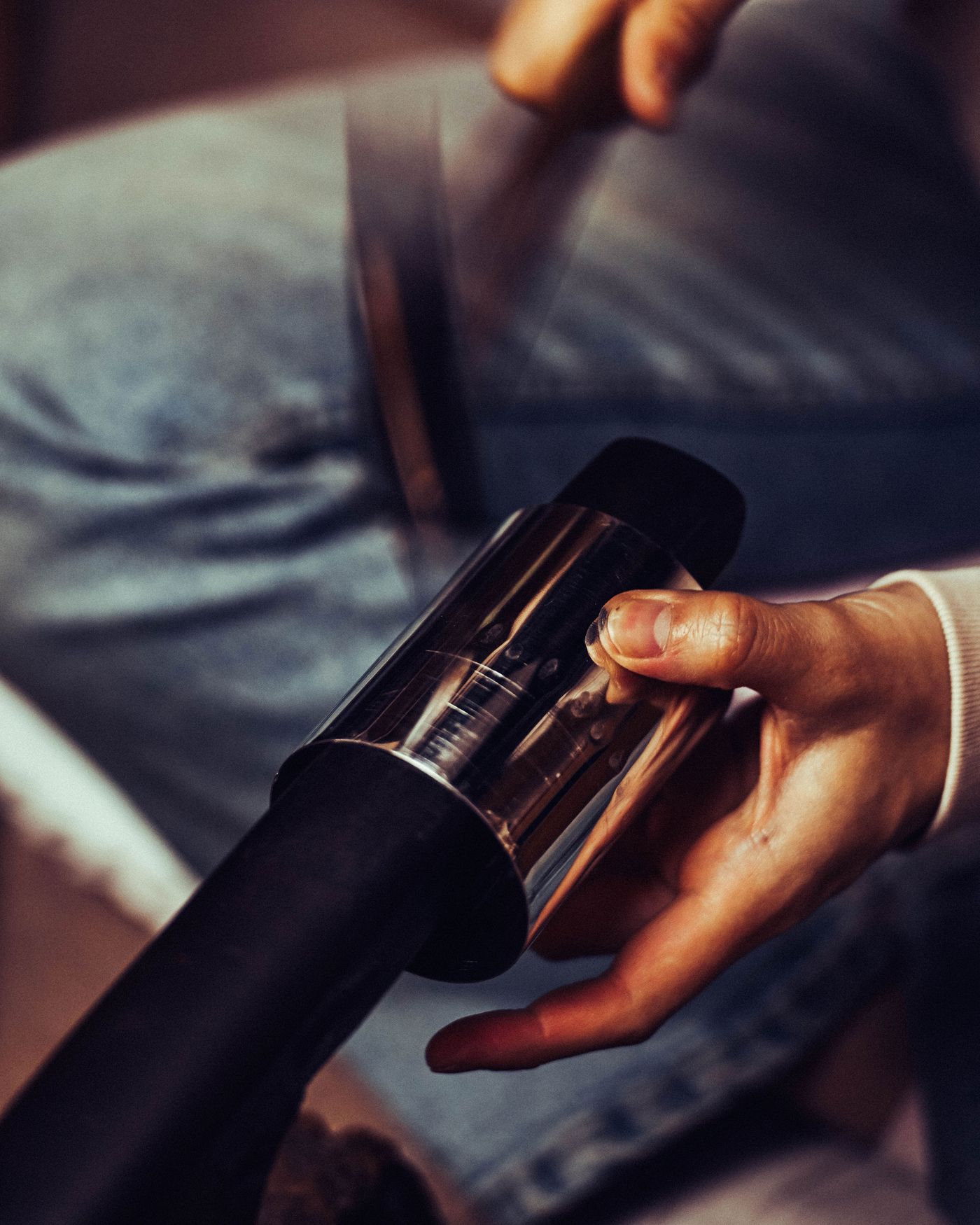Kaikado Celebrates 150 Years of Artisanal Legacy with a Beautifully-Crafted Book
Words by Eric David
Location
Kyoto, Japan
Kaikado Celebrates 150 Years of Artisanal Legacy with a Beautifully-Crafted Book
Words by Eric David
Kyoto, Japan
Kyoto, Japan
Location
In an age where "heritage" is often thrown around as a marketing buzzword, few can wear the mantle as effortlessly—or as authentically—as Kaikado. Founded in Kyoto in 1875, this quietly exceptional workshop has spent the last 150 years perfecting a single object: the chazutsu, or tea caddy. These cylindrical containers, originally fashioned from imported tinplate, are designed to preserve the delicate aroma of tea leaves from the ravages of air and moisture. And yet, Kaikado’s tea caddies do far more than safeguard tea—they capture something far rarer: a timeless craft mastered through generations. It’s fitting, then, that Kaikado’s 150th anniversary should be commemorated not with a glossy, mass-market production, but with a book that feels like an artifact in its own right.
Produced and published by ERG Media, Kaikado (the book) is a tactile love letter to craftsmanship, community, and continuity. Each of the three cover editions—tin, copper, and brass—pays homage to the materials that Kaikado has elevated to cult status. Inside, the open-spine binding, a nod to traditional Japanese bookmaking, is not only aesthetically beautiful but a symbolic gesture: a story open to touch. Chapters are elegantly separated by richly textured paper reminiscent of the distinctive Kaikado uses to wrap their caddies. This is a book that invites you not merely to read but to feel.
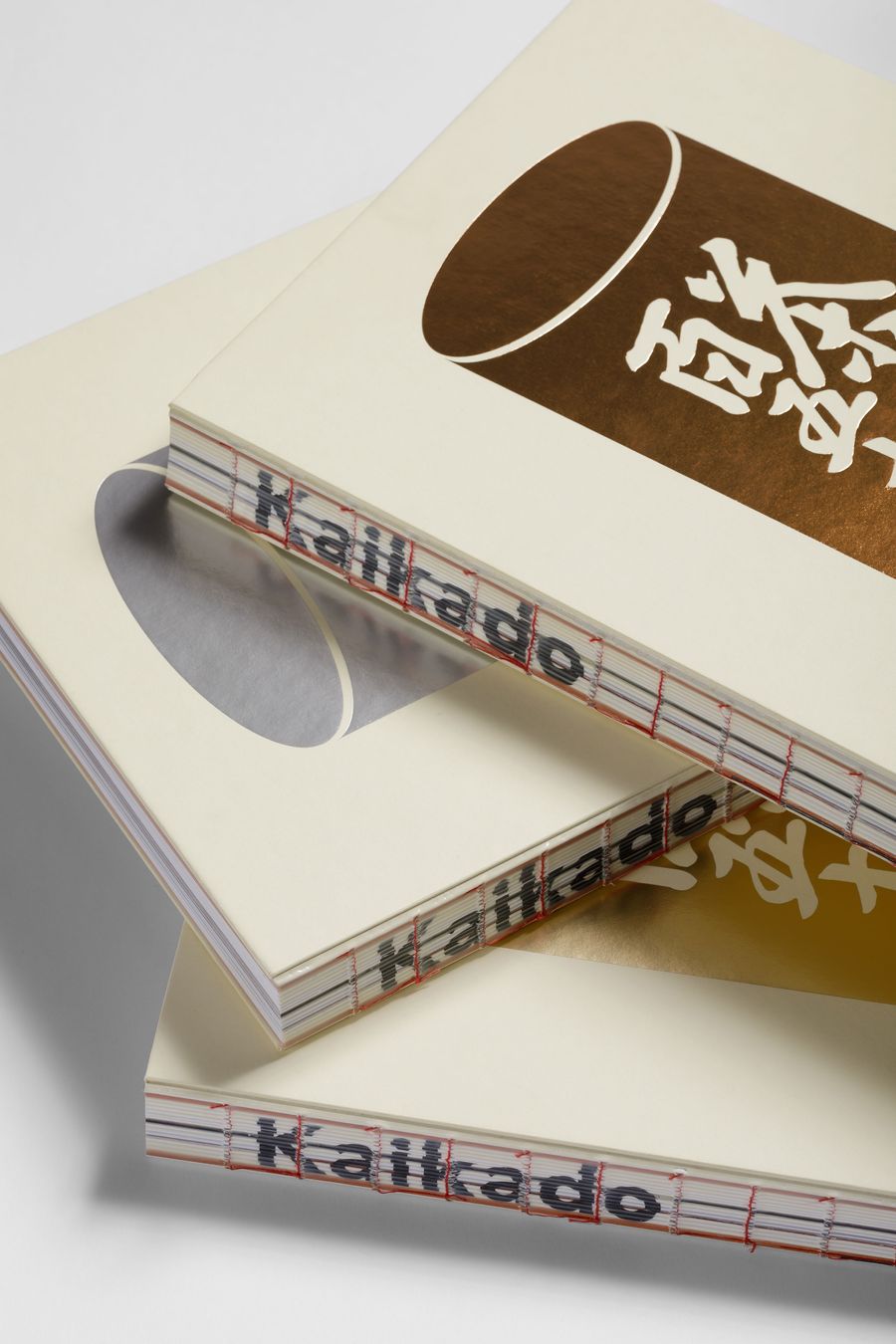
Courtesy of Kaikado and ERG Media.
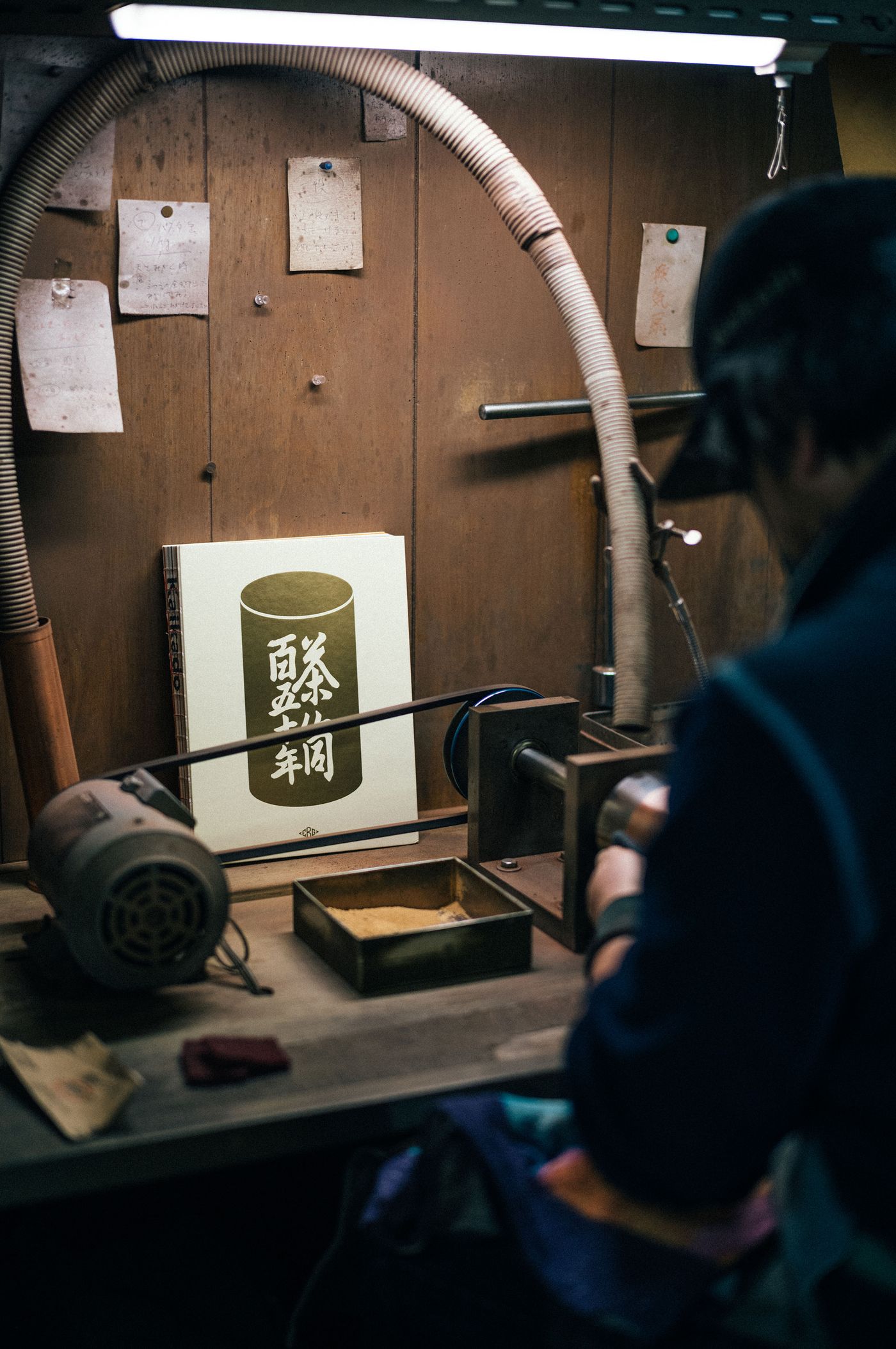
Courtesy of Kaikado and ERG Media.
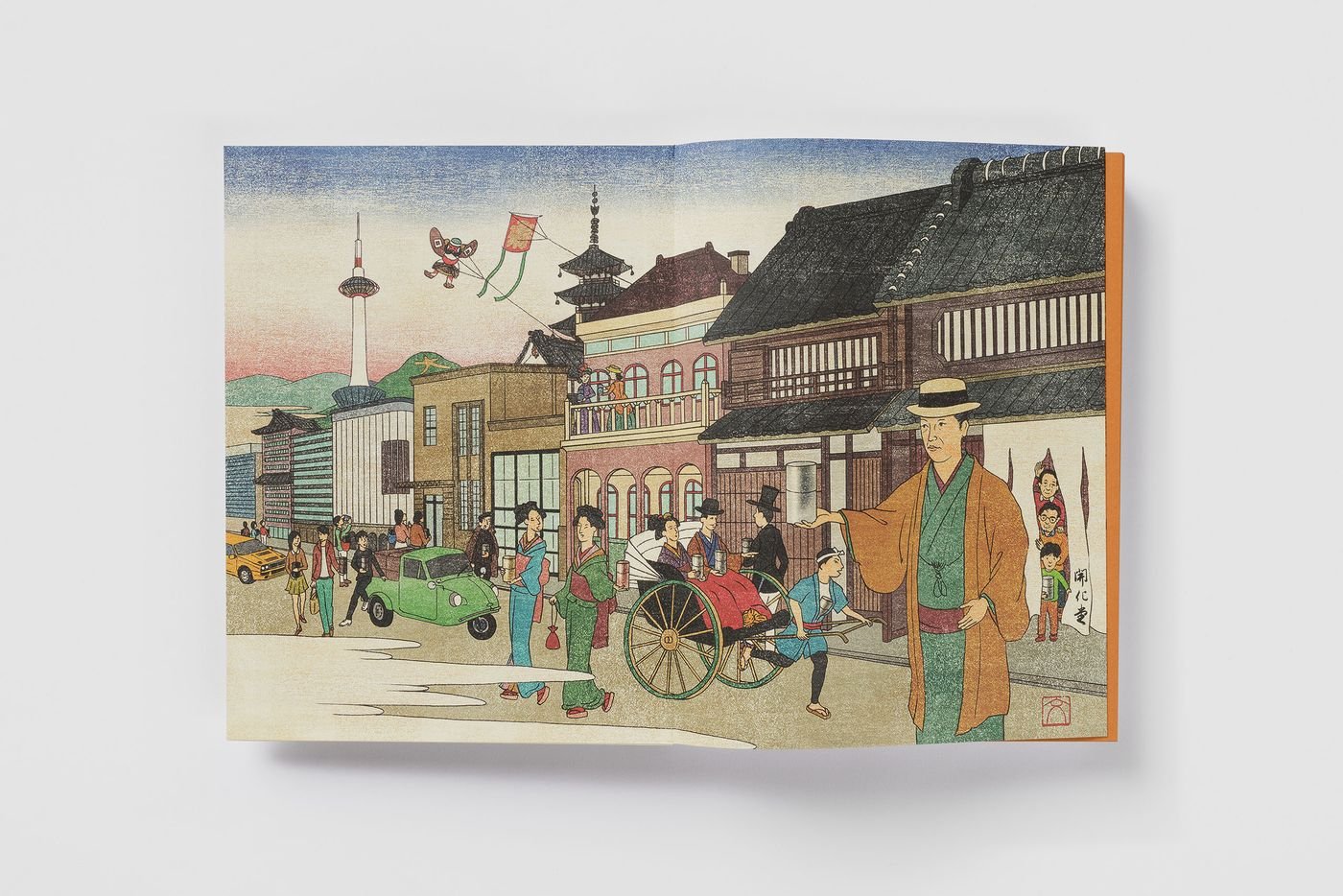
Courtesy of Kaikado and ERG Media.
"It’s impossible to visit the Yagi family without falling in love with their philosophy, their craftsmanship and their warmth."
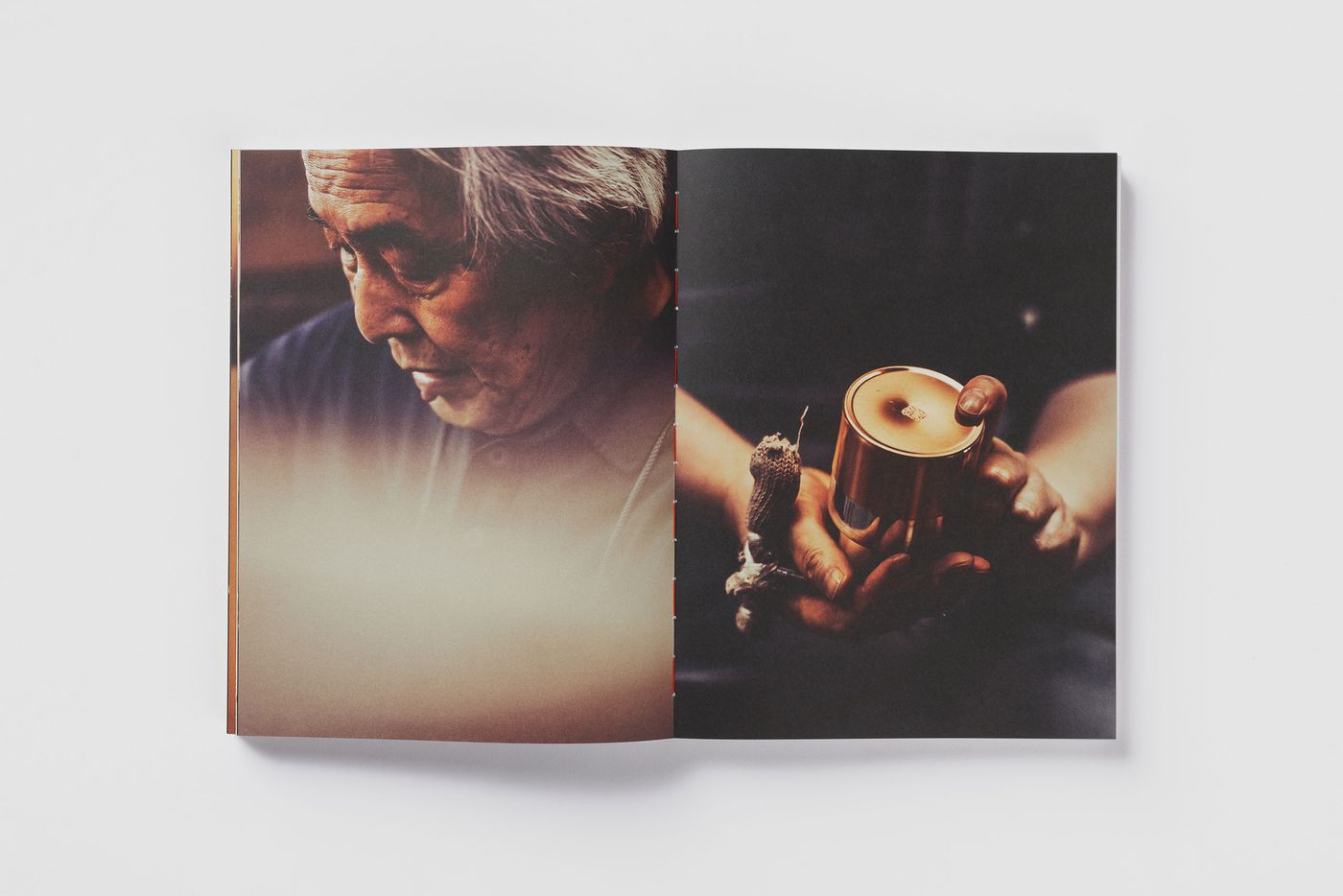
Courtesy of Kaikado and ERG Media.
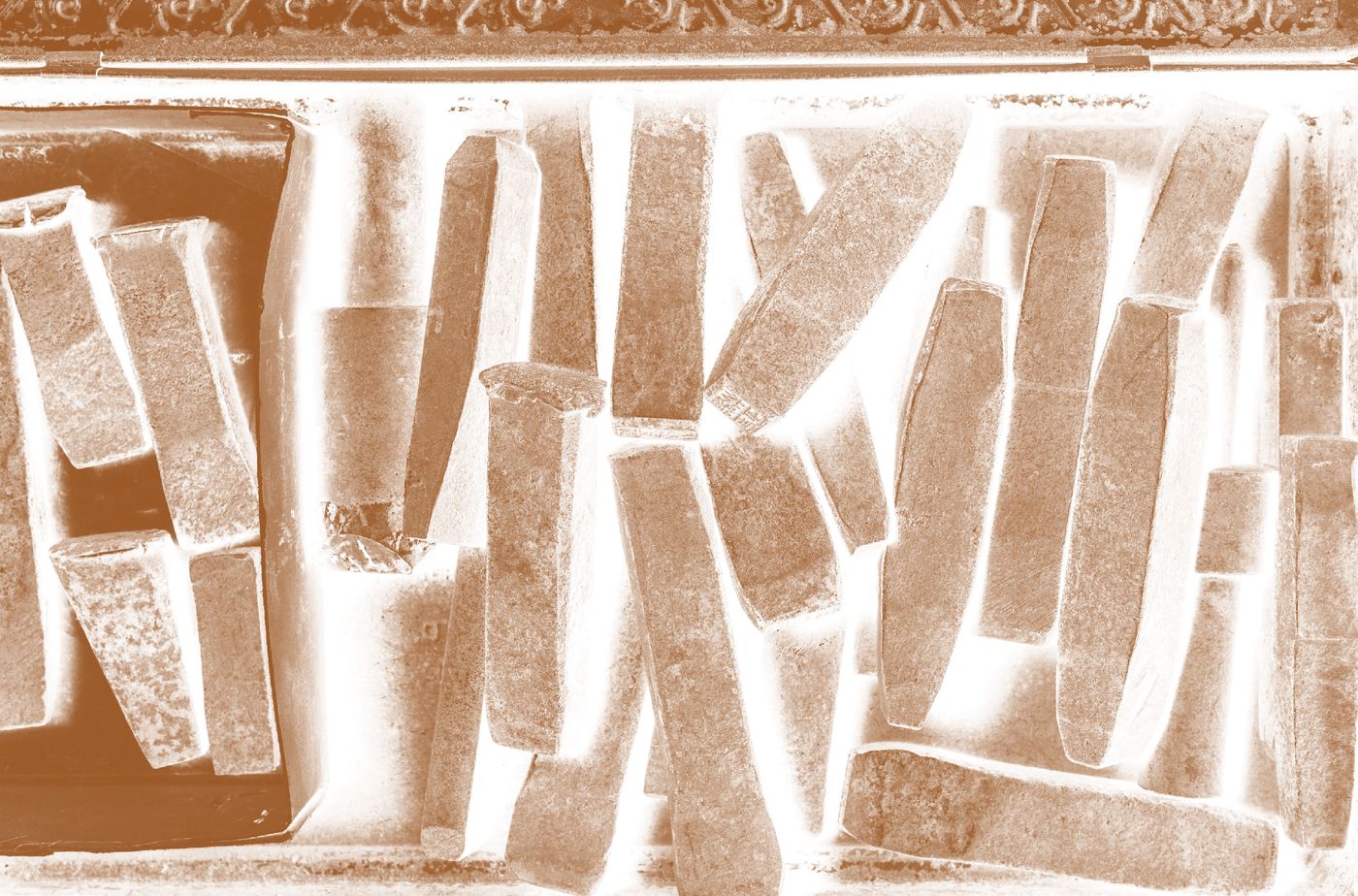
Metal stamps carrying the insignia customers during the fourth-generation era. Photography by Thomas Walk.
“It’s impossible to visit the Yagi family without falling in love with their philosophy, their craftsmanship and their warmth,” writes ERG Media founder Ted Gushue in the introduction. His words pull you straight into Kaikado’s world, inside the family’s modest Kyoto workshop where “voices are hushed and shoes are respectfully left at the door”, a serene, almost meditative space where the soft scent of cedarwood and soldered tin wafts in the air, where the silence is broken only by the melodic shaping of metal—a rhythmic sound that resonated throughout the house of his childhood, as sixth-generation owner Takahiro Yagi recalls. Here, around a dozen craftsmen and women shape copper, brass, and tin by hand, their movements nearly as inherited as the tools they wield with. “What we have learned in our 150-history,” Yagi reflects, “is not passed down through words and instructions but through our person-to-person connection between each other.”
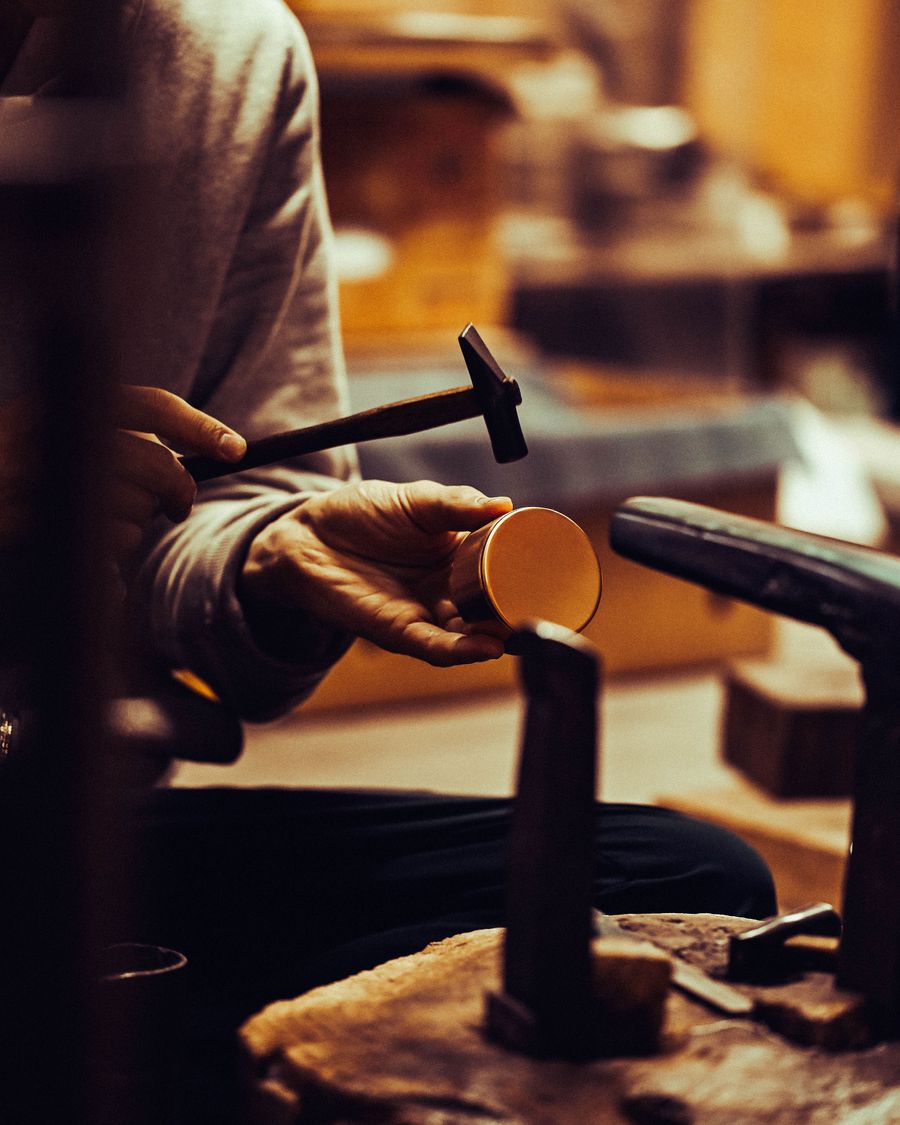
Photography by Thomas Walk.

Akiko Ishiba. Photography by Thomas Walk.

Photography by Thomas Walk.
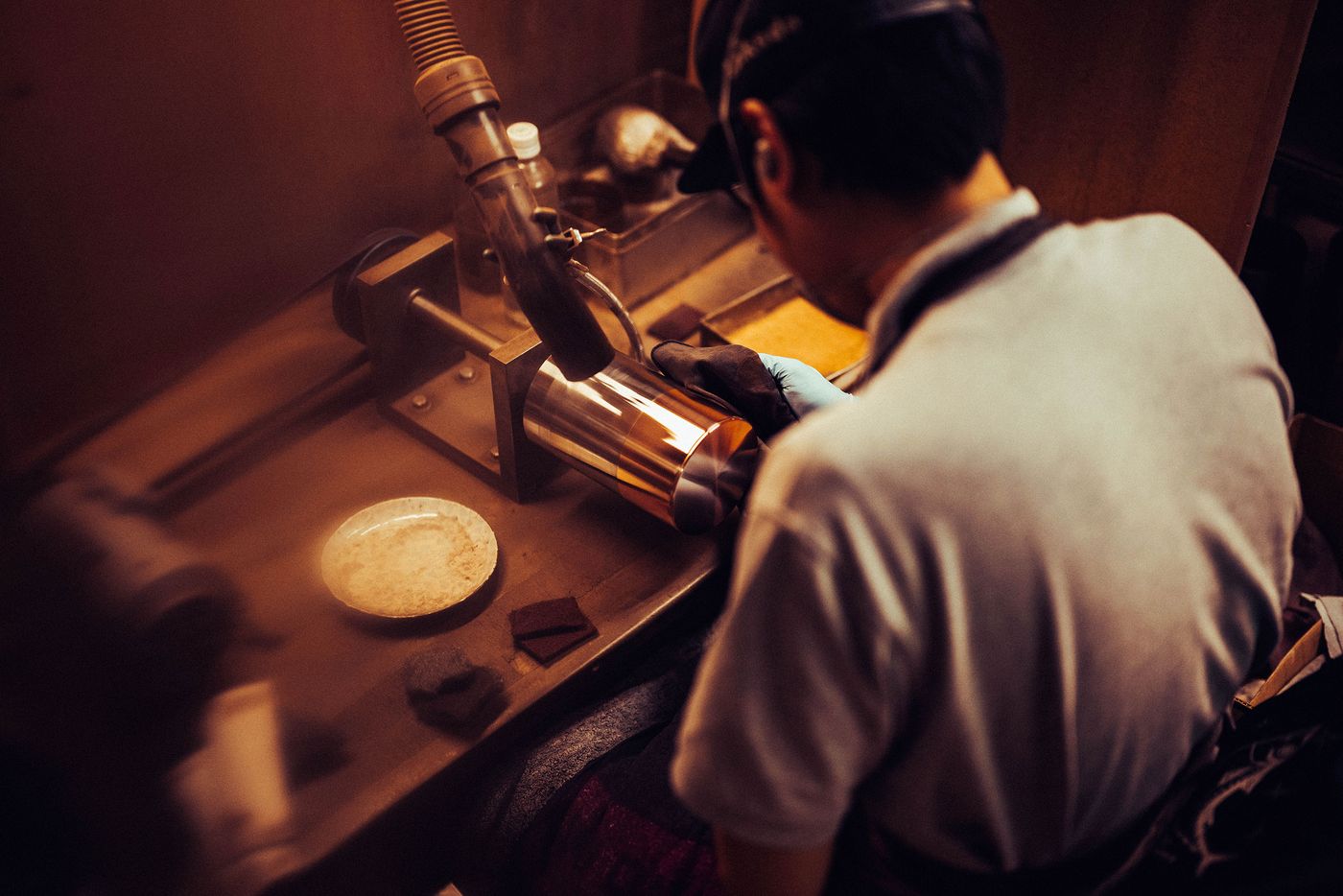
Photography by Thomas Walk.
“What we have learned in our 150-history, is not passed down through words and instructions but through our person-to-person connection between each other.”

Photography by Thomas Walk.
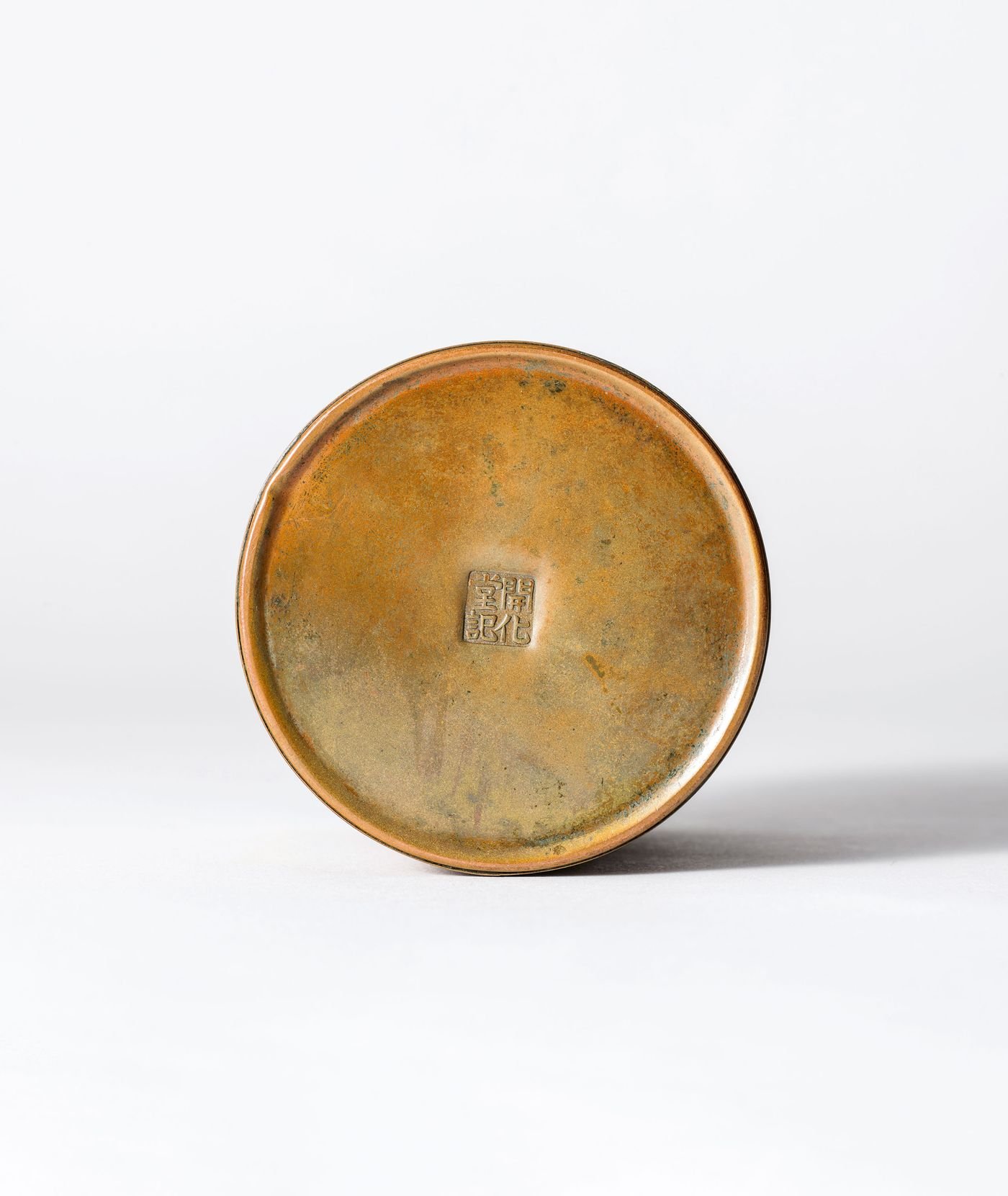
Photography by Kaikado inc.
The book’s structure mirrors the company’s ethos: patient, layered, and deeply human. One chapter is dedicated to portraits of the artisans themselves—the true soul of Kaikado. Another lingers on the tools, many dating back generations, each worn smooth by hands that intuitively know their weight and purpose. Another showcases the manufacturing process in luminous photography, revealing how more than 130 painstaking steps culminate in a simple object of profound grace.
Of course, no homage would be complete without celebrating the chazutsu themselves. Photographs lovingly capture the caddies both new and aged, showcasing how time is no enemy as depending on the user and the environment, each caddy develops its own unique patina. Add how the lid effortlessly glides down to make an airtight seal and the distinct “whoosh" sound when you lift it—the audible sigh of a perfect seal—and you begin to understand why Kaikado’s handmade products are worlds apart from mass-produced containers.
Finally, a chapter offers an intimate look at Kaikado’s own café and shop in Kyoto: a serene space where tea and tea caddies alike are elevated to objects of ritual appreciation.
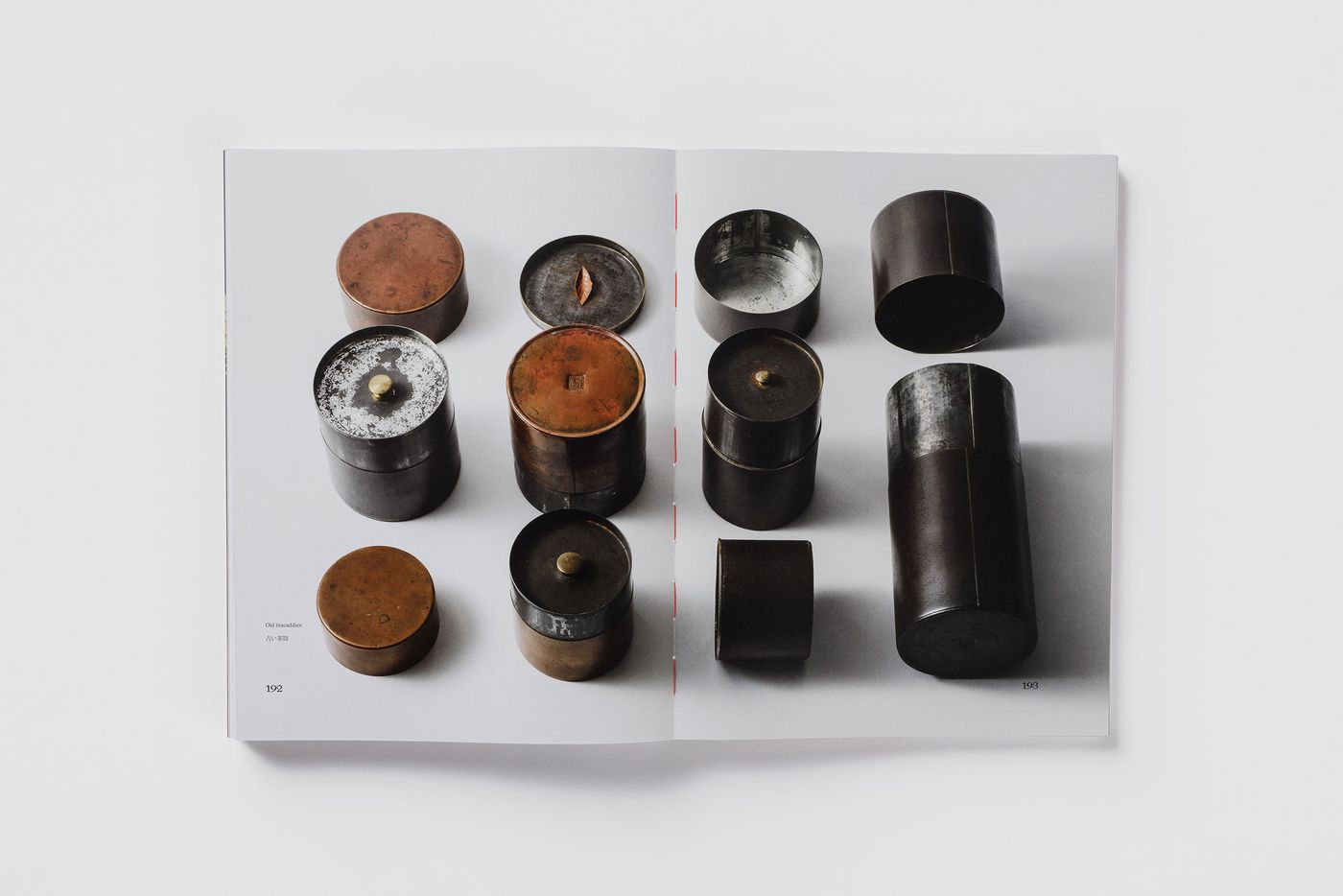
Courtesy of Kaikado and ERG Media.

Photography by Kaikado inc.
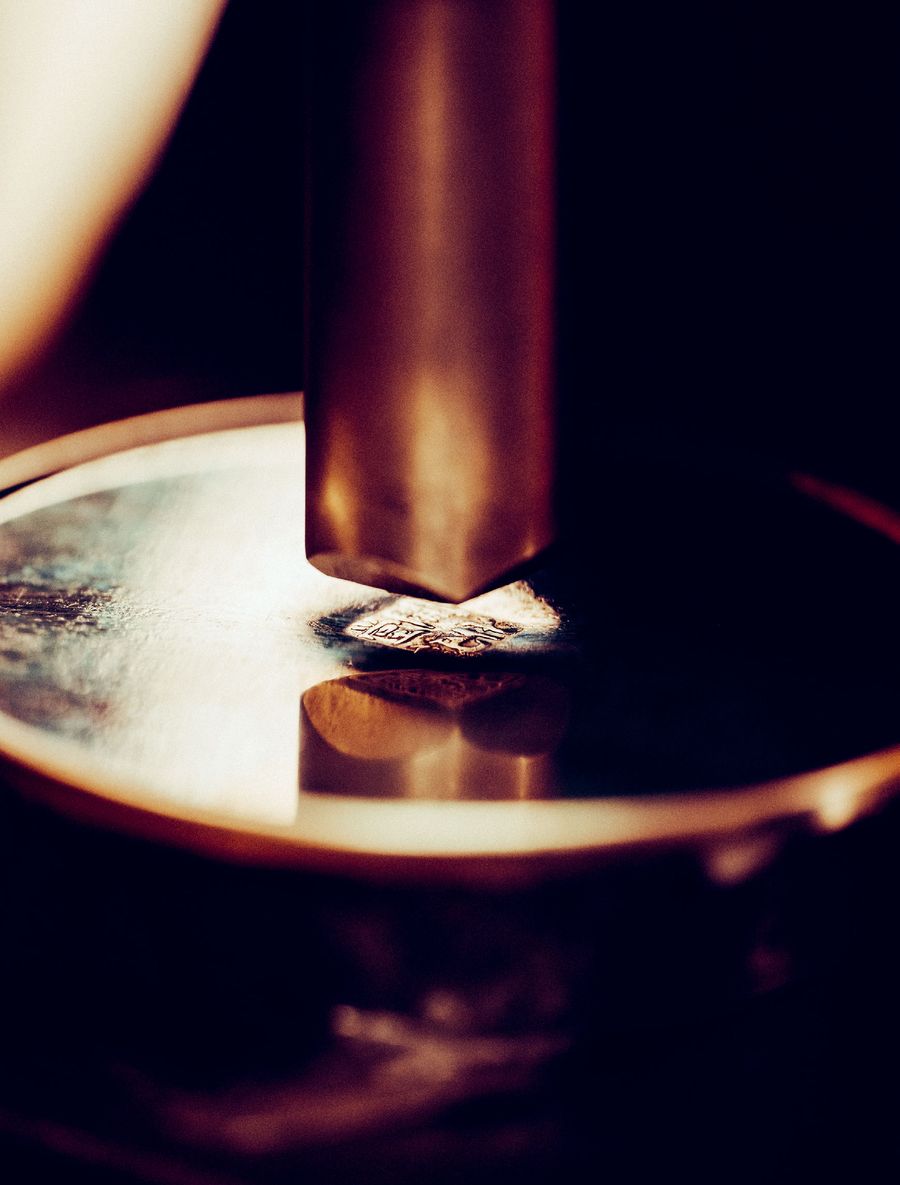
Photography by Thomas Walk.
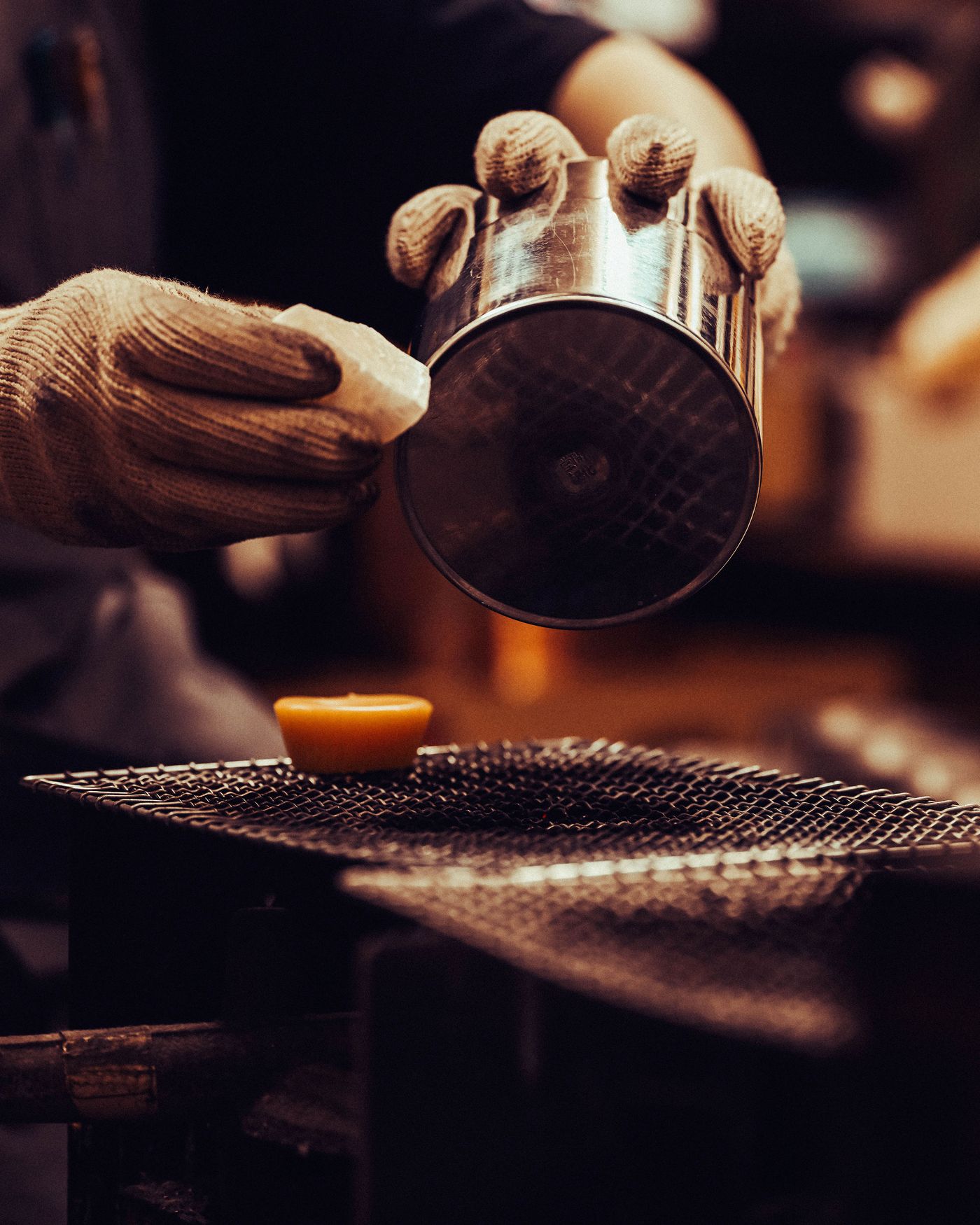
Photography by Thomas Walk.
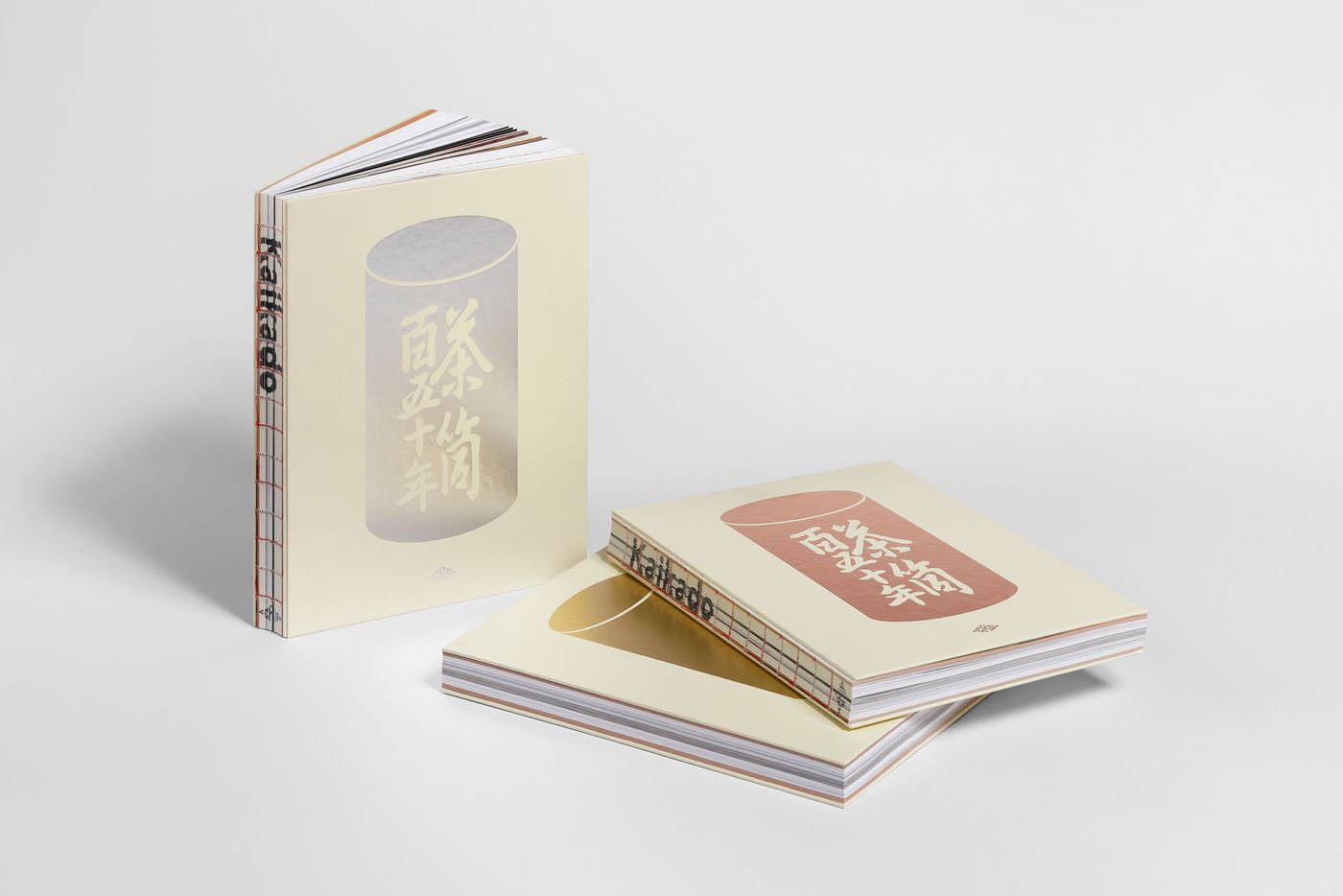
Courtesy of Kaikado and ERG Media.
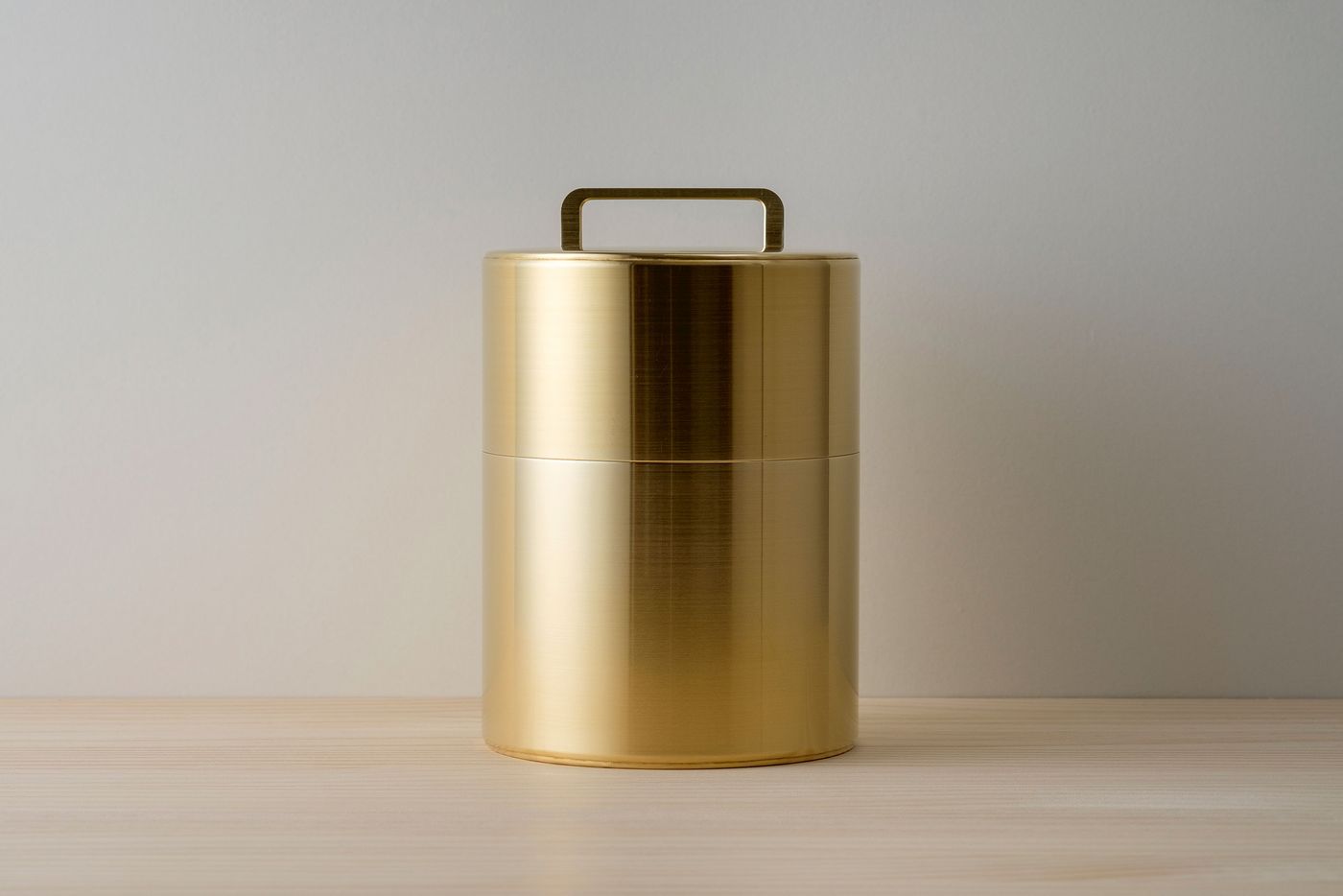
Coffee caddy in brass with handle. Photography by Kaikado inc.

Kaikado Café & Shop. Photography by 伊藤信 Makoto Ito.

Kaikado Café & Shop. Photography by 伊藤信 Makoto Ito.
Perhaps the most astonishing aspect of Kaikado’s story, and one beautifully recounted in the book, is how perilously close it all came to vanishing. During World War II, when Japan mandated that metals be collected for the war effort, Kaikado’s third-generation head buried the company’s precious tools rather than surrender them, even at the cost of imprisonment. In the lean post-war years, the company flirted with obscurity, their handmade wares out of step with the mechanized, mass-produced future Japan seemed to crave. The fact that Kaikado not only survived but thrived is testament to a stubborn belief that some things are worth doing slowly—and by hand.
Takahiro Yagi, a classic German and Italian sport cars enthusiast, likens Kaikado to a Porsche 964 RS: “The 964 RS does not have any single element that stands out but all of the elements come together in perfect balance”. Likewise, “each craftsperson has their own unique personality, but those individual characters each play a critical role in forming this thing we call Kaikado. It is like a symphony where the orchestra comes together to play music.” In the end, the Kaikado book serves as an invitation to listen to that symphony—not with your ears, but with your hands and eyes.
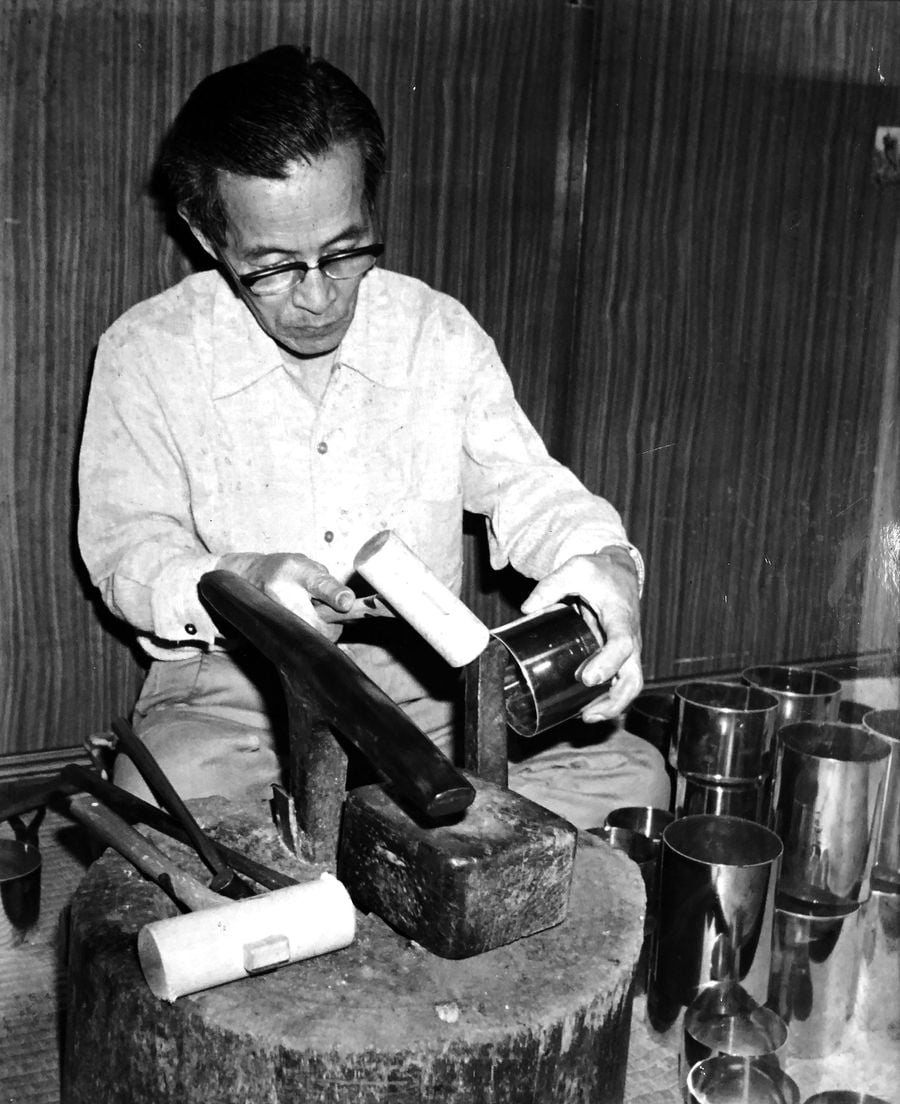
Fourth-generation owner Shoichi adjusting the diameter of a tea caddy with a wooden hammer. Photography by Thomas Walk.

Courtesy of Kaikado and ERG Media.

Courtesy of Kaikado and ERG Media.
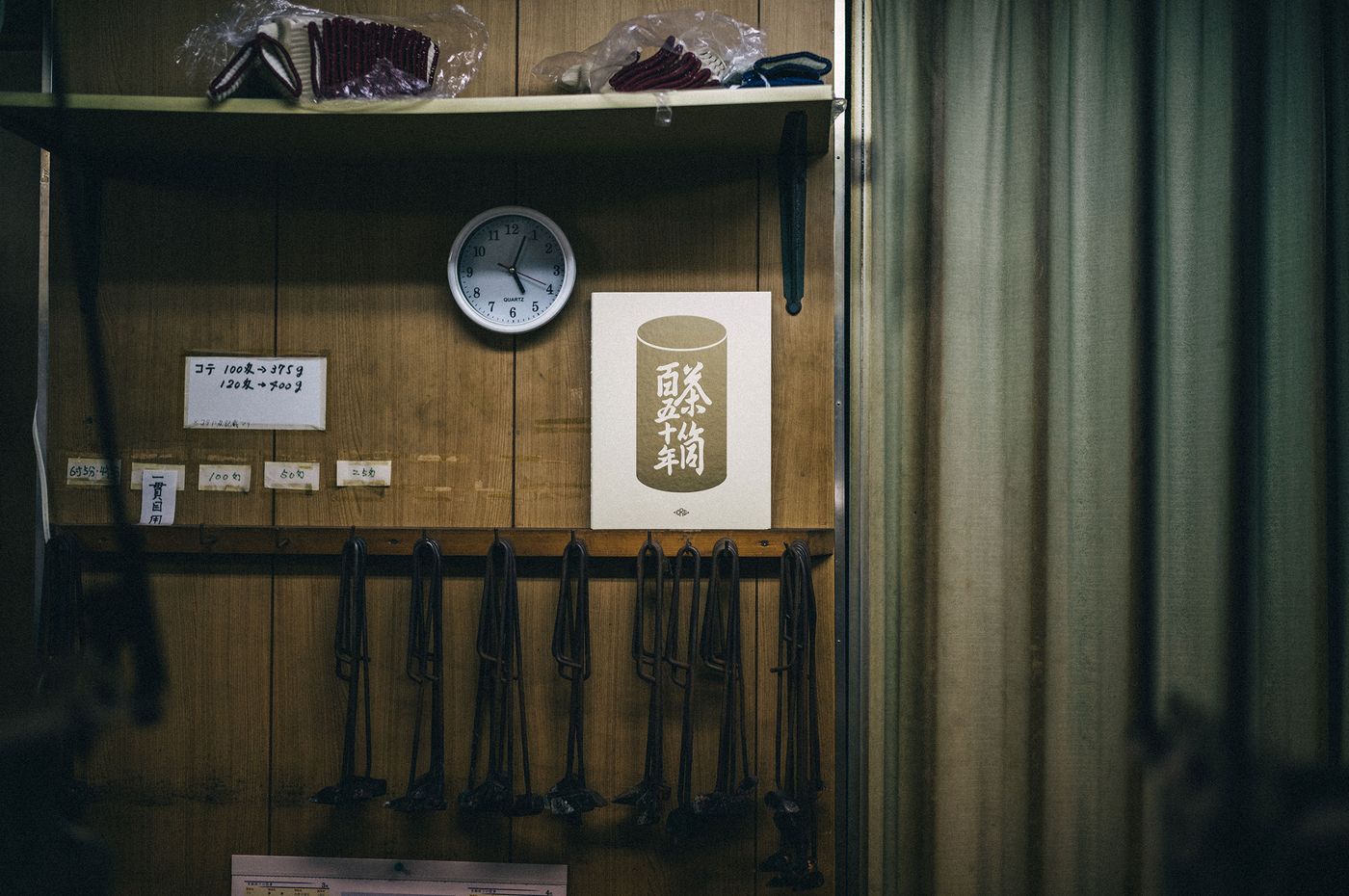
Courtesy of Kaikado and ERG Media.
